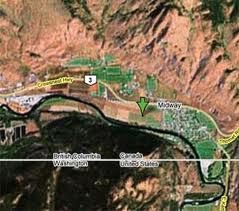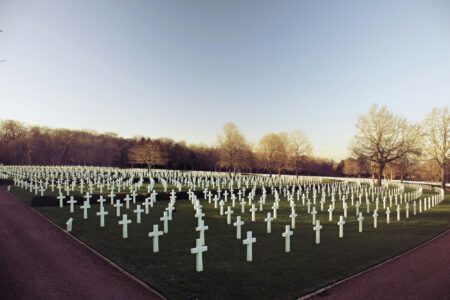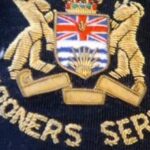No decision yet by government for Midway border crossing
A Canada Border Services Agency (CBSA) official says no decisions or action timelines have been made for any of the Midway, Boundary and other B.C. area border crossings listed in a document accidentally released in early December. “Our government is focused on ensuring our shared border is secure while easing the flow of legitimate travel and trade,” stated the official in an email interview. “We are investing in border infrastructure to support this objective including new lanes at the busiest crossings.” The leaked document, a PowerPoint presentation jointly created by CBSA and the United States Customs and Border Protection (CBP) called “Small Port Working Group – Initial Results and Paths Forward”, contained a list of suggestioned changes for 55 border crossings nation-wide including Midway, Cascade, Nelway (south of Salmo) and Chopaka (south of Osoyoos) crossings. Among the suggestions were closures, reduced hours, sharing of facilities with the U.S. and remote monitoring via video surveillance. According to the document, Midway may be closed, Cascade may have reduced operating hours, Nelway may have reduced hours or remote video and Chopaka may either be closed or have shared facilities with the United States In statistics provided to The Sentinel by CBSA, the Canada-bound traveler numbers for two of the crossings has been on a downward trend over the past five years. In 2005 Midway saw 18,045 travelers. In 2010 that number was down by more than 4,000 at 13,994 — an average of 38 cars a day. The Cascade crossing by Christina Lake also has declining traveler numbers. In 2005 the port saw 126,005 travelers. This past year there were 100,266 travelers. The peak year over the past five years was in 2007 with 200,858 travelers. The average number of travellers a day was 275 last year. Declining traveller numbers don’t seem to be the only thing determining the future of the crossings listed in the report because Chopaka and Nelway have seen an increase over the past five years. Chopaka is up by over 10,000 — from 11,661 travellers in 2005 to 20,873 in 2010. Nelway is also up by about 6,000 travellers — from 54,385 in 2005 to 60,775 last year. The operational costs for all four crossings, like everything else, are on a steady increase. At Midway the annual operating costs in 2005 was $114,136. By 2010 the costs were up to $311,344 — an increase of nearly $200,000. That is an average cost of $22.24 per person to cross the border. The Cascade operating costs were $628,933 in 2005/2006 and $851,120 in 2010/2011 or $8.49 per traveller. Chopaka is up by $209,000 from $115,049 for the 2005-2006 budget seasons to $324,271 in 2010/2011. Nelway’s and Waneta’s operational costs were lumped together in the information received. They were $459,670 in 2005/2006 and were $1,088,785 in 2010/2011.
American and Canadian monetary exchange rates and local economic factors like the mill closure a few years ago in Grand Forks may have been key factors in the changing flow of traffic both north and south of the border.

























Comments